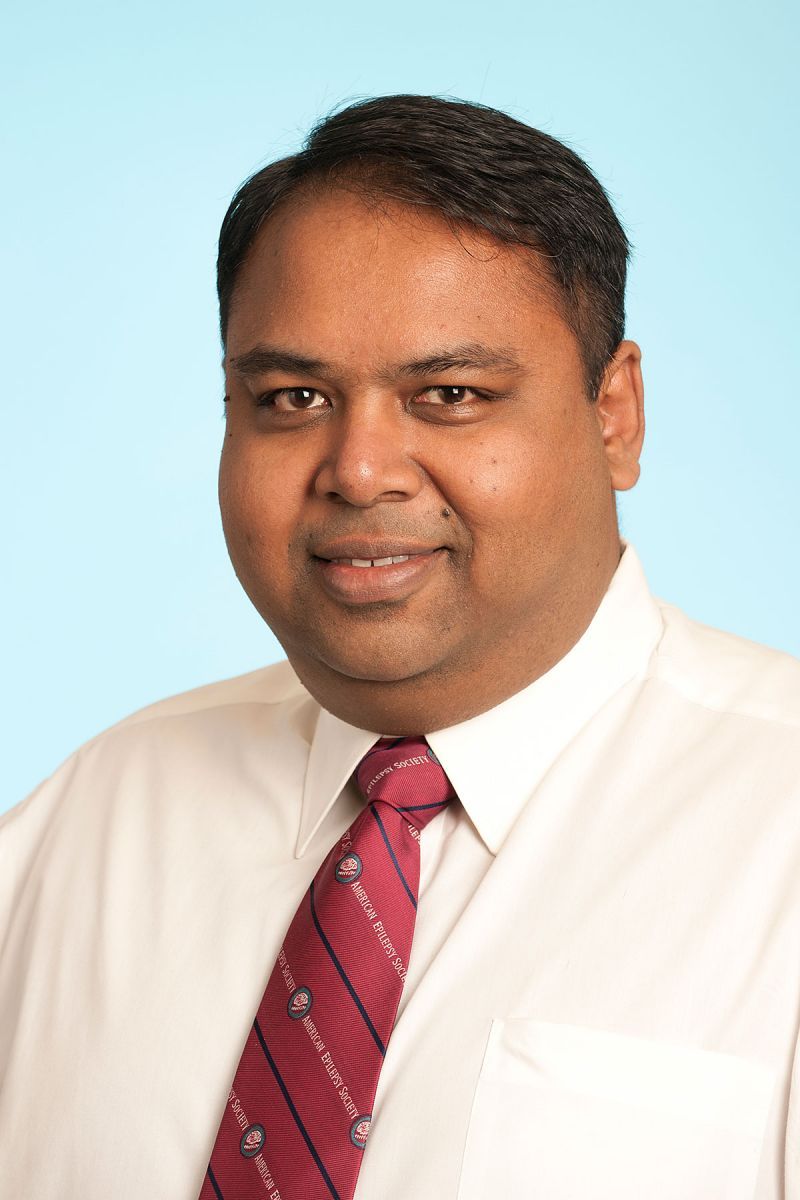Article
Status of Non-Medicinals for Status Epilepticus
Author(s):
Evidence for dietary, immunological, surgical, and other emerging treatments for pediatric refractory status epilepticus is found to be mostly anecdotal.

Ravindra Arya, MD, DM
A compilation of reviews on developments and treatment in pediatric status epilepticus includes a critical assessment of non-medicinals, in which the reviewers found that evidence for dietary, immunological, surgical, and other novel approaches is mostly anecdotal.
"Refractory status epilepticus (RSE) and super-RSE (SRSE) present a very challenging situation for the clinical team," review co-author Ravindra Arya, MD, DM, Comprehensive Epilepsy Center, Division of Neurology and associate professor of Pediatrics, University of Cincinnati College of Medicine, Cincinnati, OH, told MD Magazine®.
Arya and co-author Alexander Rotenberg, MD, PhD, Division of Epilepsy and Clinical Neurophysiology, Department of Neurology, Boston Children's Hospital, Boston, MA, pointed out that only about 15%-35% of pediatric patients with RSE achieve desired therapeutic endpoints, with conventional approaches based on continuous infusion or inhalation of anesthetics or other anti-seizure medications.
"These cases represent a desperate situation for the clinical team, and a myriad of approaches are brought upon to control the SRSE, which is frequently based on limited experience," they wrote. Clinicians confront this devastating emergent condition with high-associated mortality and long-term neurological morbidity, with " lack of high-quality evidence to formulate a management protocol."
Only 2 of the modalities, therapeutic hypothermia and the neuro-active steroid, brexanolone, have been tested in randomized controlled studies, and these, Arya commented, were "found not to be better than placebo in terms of safety and efficacy, as per the endpoints chosen by the investigators."
There has been well-documented evidence of anti-seizure and neuroprotective effects of hypothermia in animal model experiments, but human data have not been encouraging.
Arya and Rotenberg cited the HYBERNATUS trial as the most rigorous of the clinical studies, which involved 270 patients with convulsive RSE on assisted ventilation. Although noting that the Glasgow outcome scale used in the trial may not have captured subtle neurological deficits, the reviewers reported that the difference in therapeutic outcomes between the active and control groups was not statistically different.
Brexanolone, a formulation of allopregnanolone and an endogenous progesterone metabolite that appears to modulate gamma-aminobutyric acid (GABA) receptors, has recently been investigated for treatment of postpartum depression. Its potential for RSE was based on experimental evidence that endogenous steroids can affect altered cortical excitability.
The reviewers noted that although the phase 3 clinical trial of brexanolone did not demonstrate a difference from placebo in the double-blind treatment period, 37% of patients on brexanolone achieved treatment response during the open-label extension.
A high-fat, low-carbohydrate ketogenic diet has been found useful in certain drug-resistant epilepsies—including infantile spasms—and the reviewers found it is increasingly being investigated for RSE/SRSE. They also pointed out that it offers several possible modes of interaction with the pathophysiology of RSE.
"Of the treatments discussed in this review, ketogenic diet is perhaps the most promising and deserves prompt and rigorous studies to better characterize its place in the management of RSE/SRSE," Arya and Rotenberg remarked.
The reviewers found the feasibility of surgery for RSE is limited by whether a lesion can be identified as both epileptogenic and accessible. In addition to the uncertainty of a causal site, the imaging procedures themselves can be confounded by ongoing seizure activity, or other factors, such as contraindicating medical conditions and potential hazards associated with transportation. They also noted that the failure of definitive surgery has led to consideration of palliative surgical options, including vagus nerve stimulation (VNS) and complete corpus callostomy (CCC).
Other neurostimulation techniques reviewed included transcranial magnetic stimuation (TMS), deep brain stimulation (DBS), and electroconvulsive therapy (ECT) in non-convulsive status epilepticus.
"Overall, the role of neuro-stimulation for the treatment of RSE/SRSE remains poorly defined at present," the reviewers indicated. "Selection of the candidates who are likely to respond to these modalities, targets of stimulation, dose/regimen, and safety considerations need better evaluation before any recommendations can be formulated."
Additional interventions in the review include immune-modulation treatments with intravenous immunoglobulin (IVIg) and plasmapheresis, as well as magnesium and pyridoxine infusions.
Arya commented to MD Mag® that the absence of—or sparse evidence for—these non-medicinal approaches, "should be carefully considered and shared with the families of the patients before making treatment decisions."
The review of non-medicinals for pediatric refractory status epilepticus was published in Seizure: European Journal of Epilepsy.





